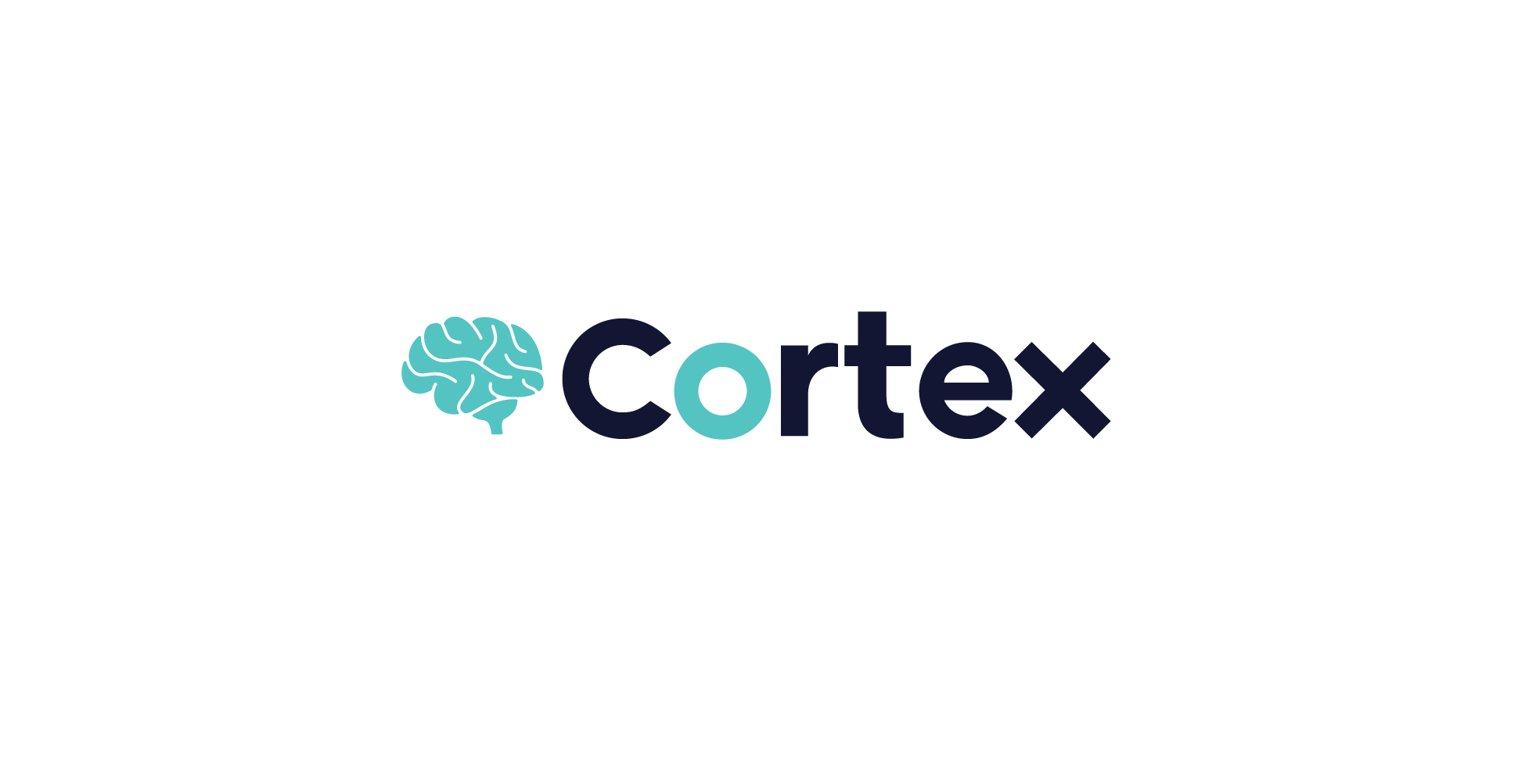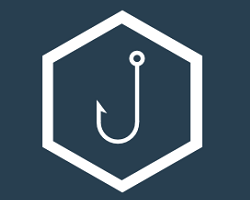Adding Traefik Reverse Proxy to Opencti
Well this one was a bit of a learning experience for me. You see I have dabbled in the past with Traefik which seems to fit naturally when it comes to reverse proxy and Docker, but my efforts have come up short in the past through no fault but my own. Perhaps it was the fact I was trying to run before I could even crawl. Not to worry though.









